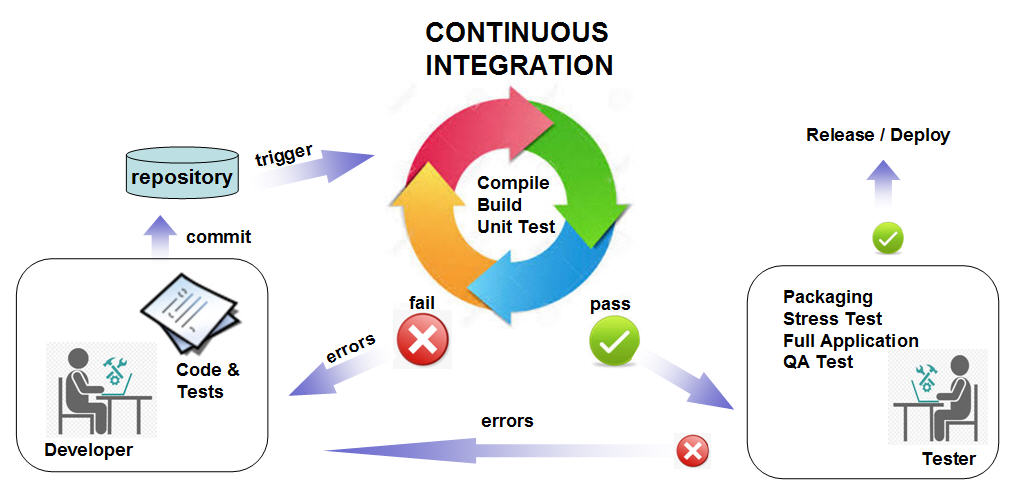Adopting a modern approach to developing embedded software
Modern methodologies for developing embedded software focus around much automation for developing, testing, and deployment. In the desktop software segment an approach called Continuous Integration (CI) is at the centre.

Nagra, part of the Kudelski group, a global leader in digital security and convergent media solutions for the delivery of digital and interactive content stated: "At NAGRA, we have adopted the Imperas virtual platform-based software development and test tools for our application and firmware teams. The simulator performance, and the tools for software analysis, have added significant value to our daily Agile Continuous Integration (CI) methodology. Our view is that software simulation is mandatory to reach metrics required for high quality secured products."
From the O'Reilly Smart Jenkins book...
"A good CI infrastructure can streamline the development process right through to deployment, help detect and fix bugs faster, provide a project dashboard for developers and non-developers, and ultimately, help teams deliver more business value to the end user.
Every professional development team, no matter how small, should be practising CI."
Continuous Integration (CI) is where a build server monitors code check ins to a source code repository and initiates automatic build and unit testing ensuring that whenever code is checked in it is integrated and initial testing is performed.

For embedded software this is a challenge as the software needs to run on a specific piece of embedded hardware often with a non-x86 cpu and with often several non-PC components. To test embedded software requires either the actual embedded hardware or a prototype of it. In fact to really adopt real automation for Continuous Integration you need many copies of the hardware so that many tests and users can operate in parallel.
This is the biggest challenge and the reason why so many users of Continuous Integration of Embedded Software are turning to simulation and virtual platforms to be at the centre of their test approach.
If you want to use a Continuous Integration methodology for embedded software development simulation and virtual platforms become essential.
By developing and testing embedded software using simulation and virtual platforms the adoption of a Continuous Integration approach becomes straightforward and beneficial.
Continuous Integration changes project structure so there is no costly, painful, time consuming 'integration phase' at the end of the project (which typically delays delivery milestones...) .
Projects must have a reliable, repeatable, and automatable build, test and deployment process, involving no human intervention.
Using a Continuous Integration server such as Jenkins with Virtual Platform simulation for embedded software development
To manage the building and unit testing that is at the heart of any continuous integration approach requires a build server.
Jenkins (https://jenkins.io/) is one of the leading open source solutions for desk top software. It was originally developed for Java program development but now works well with C/C++ and Make as needed for embedded systems.

Imperas has been using Continuous Integration with a build server and test automation system for over 5 years.
Imperas uses Jenkins internally and has customers developing embedded software using Jenkins and test automation using Imperas virtual platform simulation products.
Please contact Imperas for more information.



